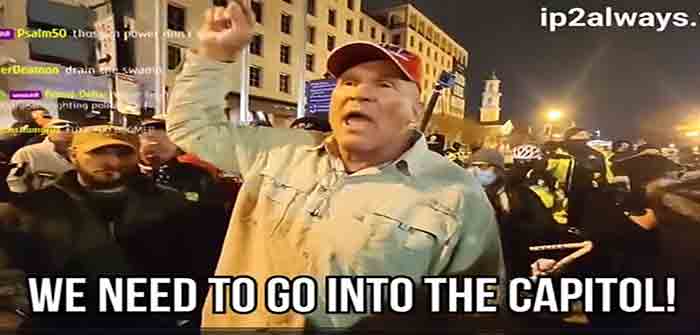
by Julie Kelly at Declassified with Julie Kelly
After an inexplicable delay animated by secrecy, speculation, and claims of victimhood, the Department of Justice on September 19 charged Ray Epps, arguably the most infamous “insurrectionist,” for his role in the events of January 6.
Epps, despite engaging in behavior that has resulted in serious charges against dozens of Capitol protesters, faces only one misdemeanor: disorderly conduct on restricted grounds. He pleaded guilty the following day.
Corporate media types gloated over the news, insisting the slap-on-the-wrist conclusively debunked “right-wing conspiracy theories” that Epps was some sort of government asset. Epps continues to earn sympathetic coverage from the same reporters and J6 headhunters online and in Congress who brand every January 6 protester a domestic terrorist or seditionist.
DOJ undoubtedly hopes this so-called “conspiracy theory” will fade from the headlines and Congressional scrutiny. But “conspiracy theories”—the reflexive description of independent thought existing outside the regime-approved echo chamber—are fueled by distrust of the sources, inconsistent accounts, and unanswered questions. To that end, the government did nothing here to end rumors about Epps’ involvement in the events of January 6; to the contrary, the DOJ created even more raised eyebrows after misrepresenting his movements at the Capitol that afternoon,
To put it bluntly, the DOJ lied.
And someone needs to explain why.
